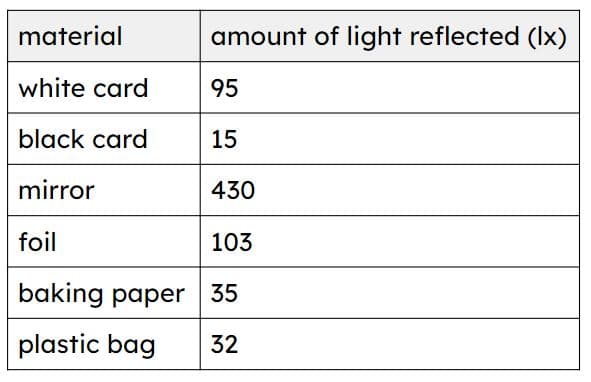Myths about teaching can hold you back
- Year 3
Reflected light: do and review
I can carry out and review an investigation to compare different materials based on how reflective they are.
- Year 3
Reflected light: do and review
I can carry out and review an investigation to compare different materials based on how reflective they are.
These resources were made for remote use during the pandemic, not classroom teaching.
Switch to our new teaching resources now - designed by teachers and leading subject experts, and tested in classrooms.
Lesson details
Key learning points
- When light travels towards a surface and bounces off it, this is called reflected light.
- A data logger can be used to record the amount of light reflected from different surfaces in lux.
- The results of an investigation can be recorded in a table and used to make decisions about different materials.
- The best surfaces for reflecting light are very smooth, such as a glass mirror or polished metal.
- Scientists evaluate every stage of an investigation to suggest improvements.
Keywords
Reflect - To reflect light is when light hits a surface and bounces off.
Surface - The surface is the top or outside layer of something.
Result - The result of a test or enquiry is what happened or what was found out.
Evaluate - To evaluate is to think about what you did and suggest any changes or improvements.
Improvement - An improvement is when something gets better or when you make it better.
Common misconception
All materials reflect the same amount of light.
Explanation that we can measure the differing amounts of light reflected by different materials.
To help you plan your year 3 science lesson on: Reflected light: do and review, download all teaching resources for free and adapt to suit your pupils' needs...
To help you plan your year 3 science lesson on: Reflected light: do and review, download all teaching resources for free and adapt to suit your pupils' needs.
The starter quiz will activate and check your pupils' prior knowledge, with versions available both with and without answers in PDF format.
We use learning cycles to break down learning into key concepts or ideas linked to the learning outcome. Each learning cycle features explanations with checks for understanding and practice tasks with feedback. All of this is found in our slide decks, ready for you to download and edit. The practice tasks are also available as printable worksheets and some lessons have additional materials with extra material you might need for teaching the lesson.
The assessment exit quiz will test your pupils' understanding of the key learning points.
Our video is a tool for planning, showing how other teachers might teach the lesson, offering helpful tips, modelled explanations and inspiration for your own delivery in the classroom. Plus, you can set it as homework or revision for pupils and keep their learning on track by sharing an online pupil version of this lesson.
Explore more key stage 2 science lessons from the Introduction to light and shadows unit, dive into the full primary science curriculum, or learn more about lesson planning.

Equipment
Rulers, data loggers, torches, materials: white card, black card, foil, baking paper, plastic bag, cotton fabric, mirror, laminated paper.
Content guidance
- Exploration of objects
Supervision
Adult supervision recommended
Licence
Prior knowledge starter quiz
6 Questions
Q1.When light is reflected, it ...
Q2.Which of these is a light source?
Q3.Which of these is needed to reflect light?
Q4.Which word describes a surface that sends back most of the light that shines on it?
Q5.Which of these can we use to record how much light there is?
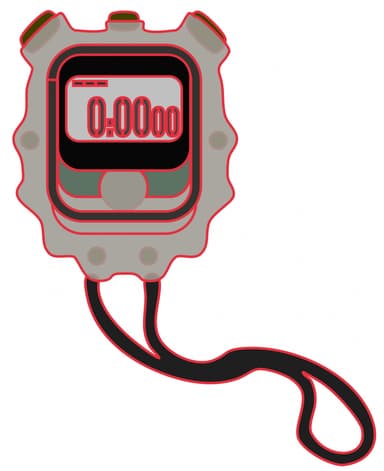
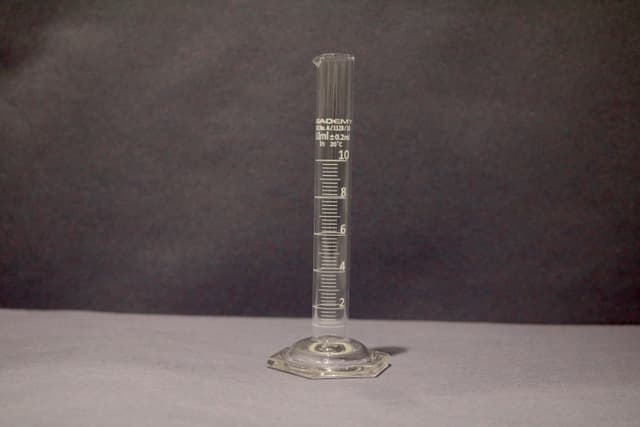
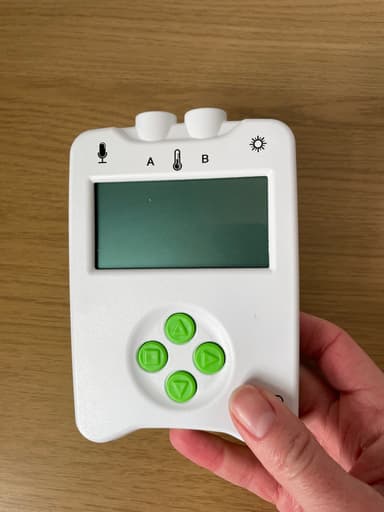
Q6.Light is measured in ...
Assessment exit quiz
6 Questions
Q1.What is reflected light?
Q2.What do we use to measure the amount of light?
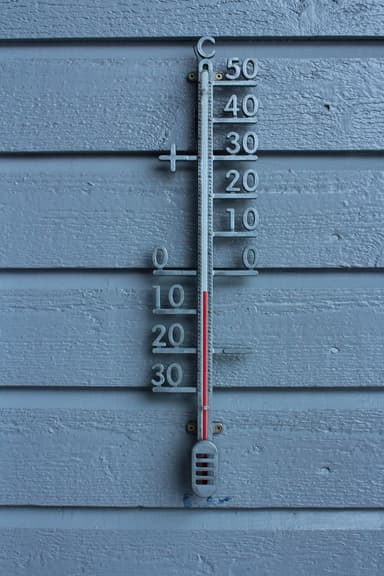
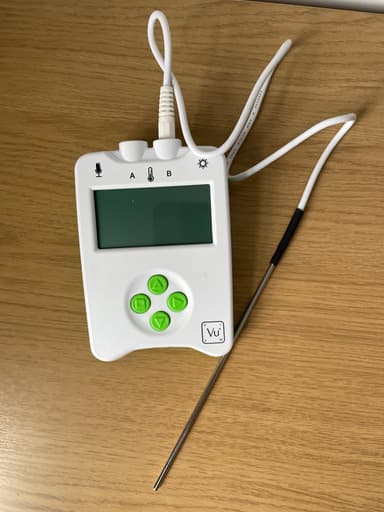
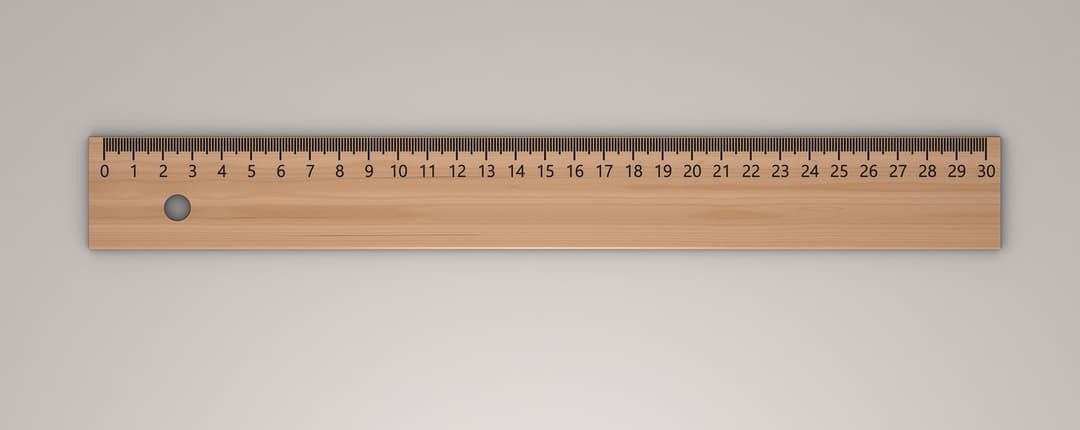
Q3.What are the results of an investigation?
Q4.The results below have been recorded in a .....
